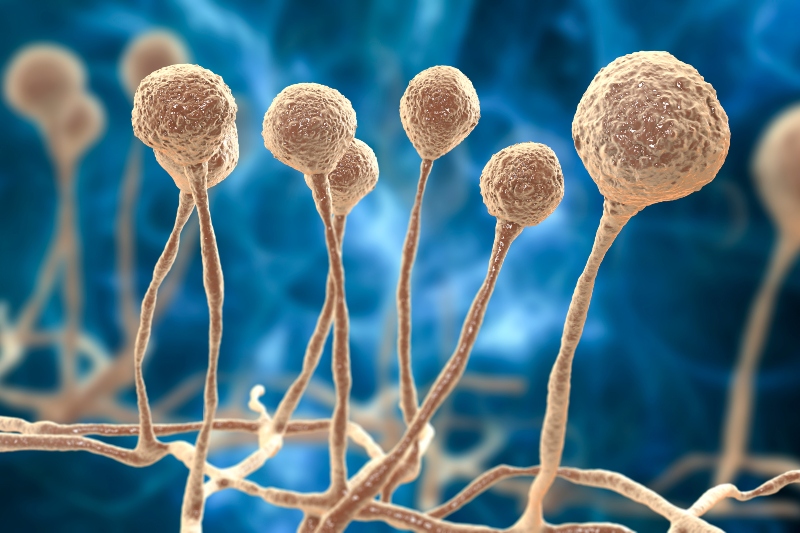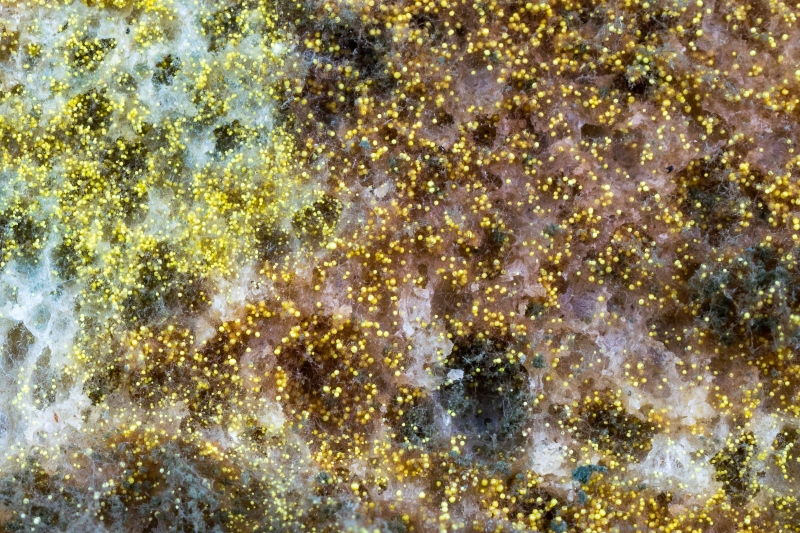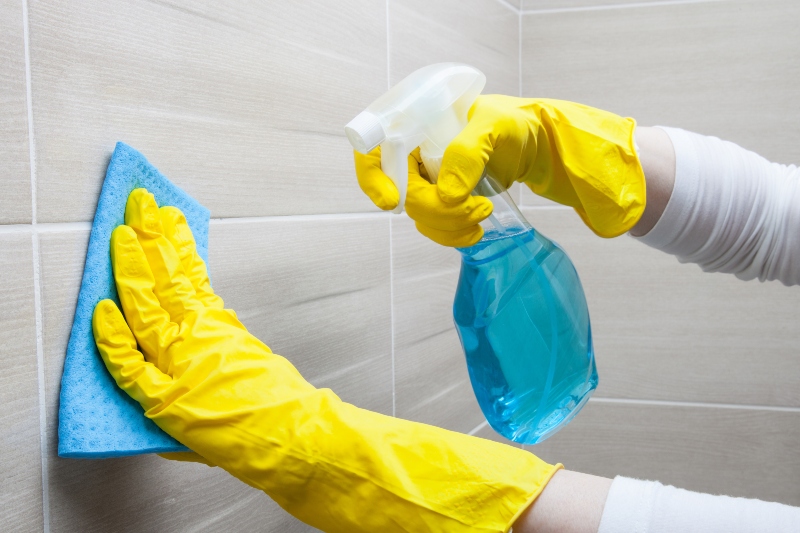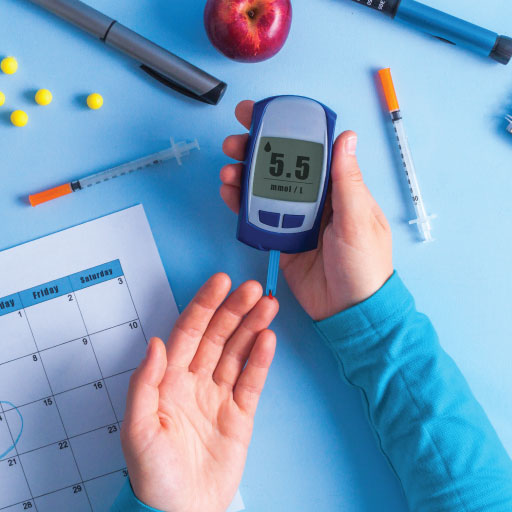Along with all the devastating news about COVID-19, we are now also hearing about secondary infections caused by black, white, or yellow fungus. While the news might cause some alarm, it is best not to panic and to understand the facts of these infections so the right precautions can be taken.
What You Should Know:
- Causes of Fungal Infections in COVID-19 Patients
- What is Black Fungus?
- What is White Fungus?
- What is Yellow Fungus?
- Prevention and Treatment
Causes of Fungal Infections in COVID-19 Patients
First, it is important to remember that not all COVID-19 patients are at a high risk of contracting fungal infection. There are however some factors that could increase a patient’s risk of secondary infections. Two of the main causes leading to fungal infections are prolonged use of steroids in the treatment of COVID-19 and unchecked high blood sugar levels. Both these situations compromise the immune system making a patient more susceptible to fungal infections. Prolonged use of steroids can also lead to increased blood sugar levels, so diabetics suffering from COVID-19 need to be extra careful when taking the treatment and inform their doctor right at the start.
What is Black Fungus?

Black fungus is also called Mucormycosis. The spores can be found in soil, plants, decaying fruit matter, and several other places. Almost everyone in humid climates is exposed to black fungal spores at some point or the other, however, only those with a weakened immune system contract an infection.
Symptoms:
- Nasal congestion and discharge
- Headaches
- Painful sinuses
- Nosebleeds
- Swelling on the face
- Discoloration of the facial skin
Additional symptoms when the lungs are infected include:
- Chest pains
- Fever
- Coughing up blood
The fungus can also infect the gastrointestinal tract in some cases.
What is White Fungus?

White fungus or Aspergillosis spreads in a way similar to black fungus but can affect different parts of the body. Cases have been reported where white fungus infection has affected the lungs, kidneys, mouth, skin and brain.
Symptoms:
- Whitening of tongue and white patches in the mouth
- Cough
- Fever
- Diarrhea
- Dark patches on the lungs
- Skin lesions
- Reduced oxygen levels
What is Yellow Fungus?

Yellow fungus or Mucor Speticus appears to be the most dangerous of the three types of infections. The spores are spread in the same way but a yellow fungus infection develops internally before external symptoms are noticed. This could lead to a delay in diagnosis and treatment.
Symptoms:
- Extreme weight loss
- Tiredness and fatigue
- Slow healing of wounds
- Sunken eyes
More serious symptoms include:
- Leaking of pus internally
- Internal bleeding
- Rupture of cells
Yellow fungus can be fatal if not treated at the earliest.
Prevention and Treatment
Aa stated earlier, all three fungal infections tend to affect patients who are immunocompromised. This is why it is important for patients being treated and recovering from COVID-19 to take extreme care and ensure that their surroundings are kept clean. All water used for washing, bathing or drinking should preferably be boiled for 10 minutes to kill off any pathogens before use.

Patients should be given freshly cooked food and any food that has been left at room temperature for more that an hour should be avoided. Diabetics and patients with other comorbidities should make sure that they are maintaining normal blood sugar levels. If you are on steroid treatment, monitor your blood sugar regularly and talk to your doctor about how you can boost your immunity. Also, make sure to wash/change your mask regularly and make sure that it is dry before you use it.
If you do notice any fungal infection symptoms, it is important that you get to a hospital at the earliest. Please do not try to treat the infection at home!
For mor information on COVID-19, diabetes and other conditions, visit the Lifestyle section of the Activ Living Blog. You can also get tips on Fitness and Nutrition on the blog.





 1800-270-7000
1800-270-7000











